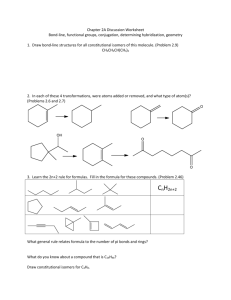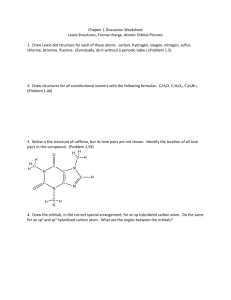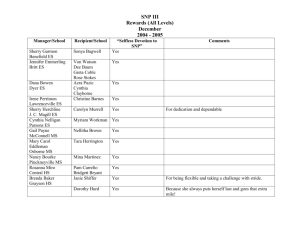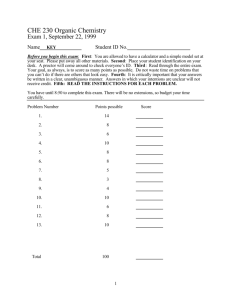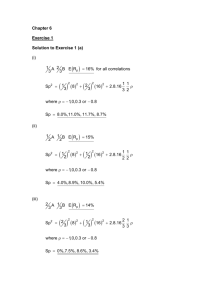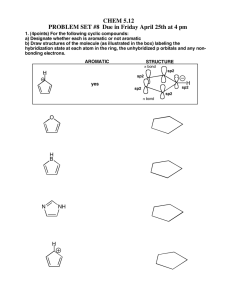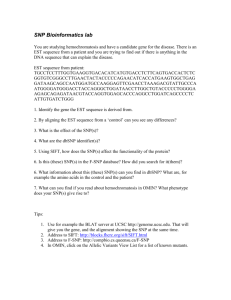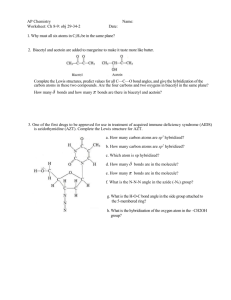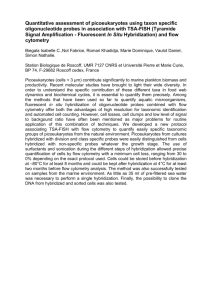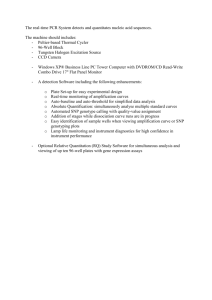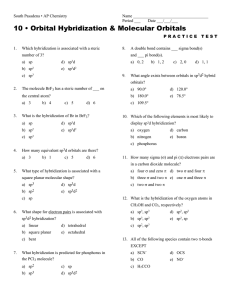Q's Mock CHM 456 'final exam' paper #1 – alkynes and alkylhalides
advertisement
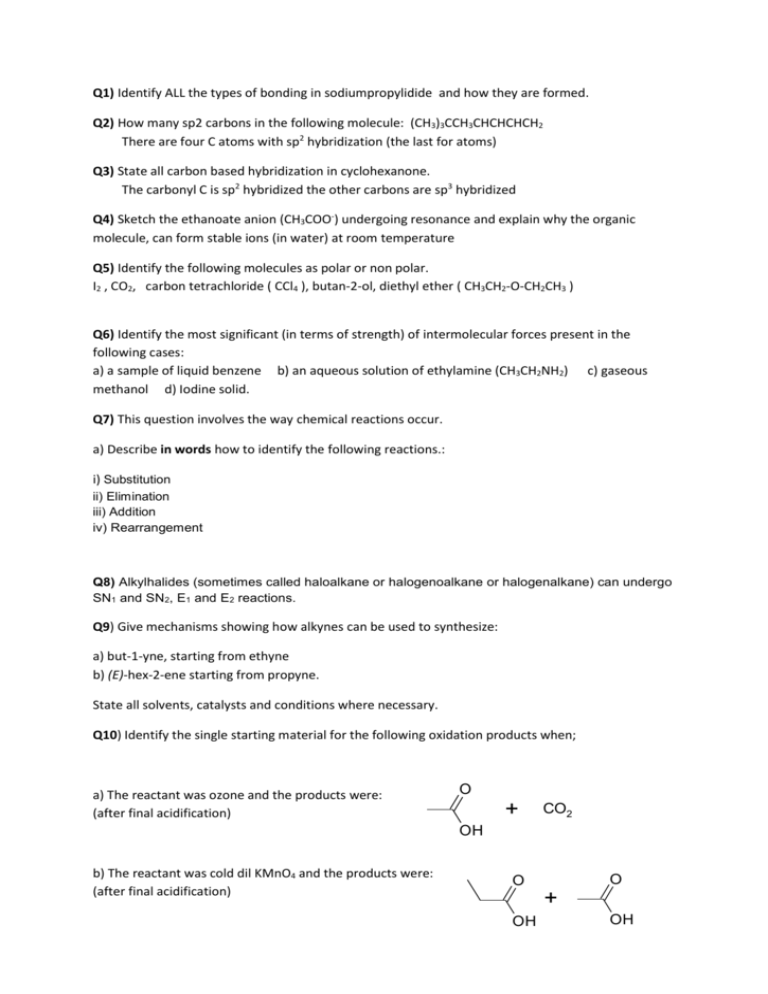
Q1) Identify ALL the types of bonding in sodiumpropylidide and how they are formed. Q2) How many sp2 carbons in the following molecule: (CH3)3CCH3CHCHCHCH2 There are four C atoms with sp2 hybridization (the last for atoms) Q3) State all carbon based hybridization in cyclohexanone. The carbonyl C is sp2 hybridized the other carbons are sp3 hybridized Q4) Sketch the ethanoate anion (CH3COO-) undergoing resonance and explain why the organic molecule, can form stable ions (in water) at room temperature Q5) Identify the following molecules as polar or non polar. I2 , CO2, carbon tetrachloride ( CCl4 ), butan-2-ol, diethyl ether ( CH3CH2-O-CH2CH3 ) Q6) Identify the most significant (in terms of strength) of intermolecular forces present in the following cases: a) a sample of liquid benzene b) an aqueous solution of ethylamine (CH3CH2NH2) c) gaseous methanol d) Iodine solid. Q7) This question involves the way chemical reactions occur. a) Describe in words how to identify the following reactions.: i) Substitution ii) Elimination iii) Addition iv) Rearrangement Q8) Alkylhalides (sometimes called haloalkane or halogenoalkane or halogenalkane) can undergo SN1 and SN2, E1 and E2 reactions. Q9) Give mechanisms showing how alkynes can be used to synthesize: a) but-1-yne, starting from ethyne b) (E)-hex-2-ene starting from propyne. State all solvents, catalysts and conditions where necessary. Q10) Identify the single starting material for the following oxidation products when; a) The reactant was ozone and the products were: (after final acidification) O + CO2 OH b) The reactant was cold dil KMnO4 and the products were: (after final acidification) O O + OH OH
